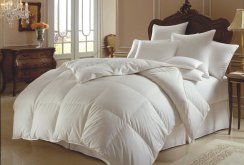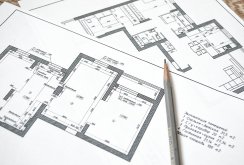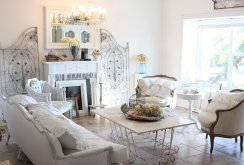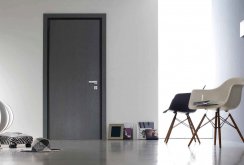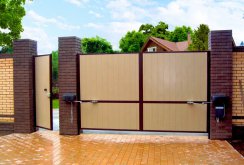Country houses: features of architectural styles
The modern rhythm of life dictates its own laws. Living in the city is much more convenient, because everything that is necessary for a dynamic life is at hand. However, fatigue from the frantic pace of life still takes its toll, and then you want to retire and be alone with yourself, your inner world and your dreams. At such moments, the decision comes to build a house in which one could feel free from the worries of the whole world. Of course, such a house is simply obliged to be located outside the city.Types and styles of country houses
The point is small - choose the architectural style of the house. You can view a lot of catalogs or use the services of an architect, but you still have to choose, which means you need to get acquainted with all the styles in which modern houses are built, and from all the proposed options, choose your own. Today there are many styles of country houses. Here is some of them:- Classic style. It is also divided into varieties - neoclassicism and neo-baroque.
- Modern. Art Nouveau, Art Nouveau may also call this style.
- Victorian style. In modern architecture, this style is adapted to new possibilities in construction, adding oriental decor to the facade design.
- The medieval (castle) style, or, as it is also called by the architects themselves, is "Disney". This can also be attributed to the style of "Gothic". The Wright style, which is also called the Prairie Style.
- The country style includes such house styles as Russian style, Chalet style, Italian classics, Tudor style, Belgian, American, Eastern and European style houses.
- Post-Soviet is the style of houses in the first half of the 90s of the last century.
- Modern style. It also includes several different styles: functionalism, minimalism, deconstructivism, high-tech, eco-tech, avant-garde;
- Renaissance.
Classic style
Classics today, despite the variety of styles, remains the most popular in the construction of a country house. It is distinguished by:- Clarity and symmetry of forms;
- The use of decorative elements - columns and balustrades, the presence of which in neoclassicism is minimal, but in neo-baroque, on the contrary, is unnecessary;
- Layout implies proportionality, rigor and harmony of lines.
Art Nouveau style
The whimsical and ornate forms of the modernist style do not spoil the house at all, because the style implies not only a departure from strict forms, but also a sense of proportion. The style is characterized by:- The abundance of smoothly curving lines in the form of windows, doorways, roofs and other elements;
- The facade is often decorated with floral and floral patterns;
- Roofs are complex in shape with decorative half-timbers.
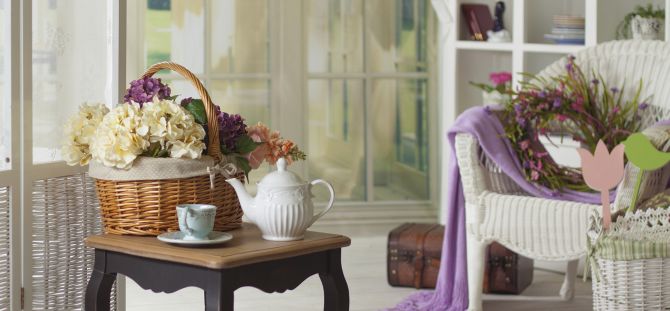
 Modern interior style of a country house (55 photos): the best options
Modern interior style of a country house (55 photos): the best options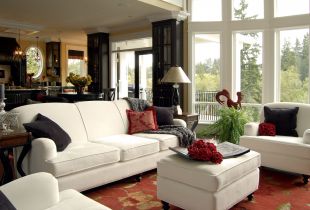 American style in the interior of houses and apartments (25 photos)
American style in the interior of houses and apartments (25 photos)